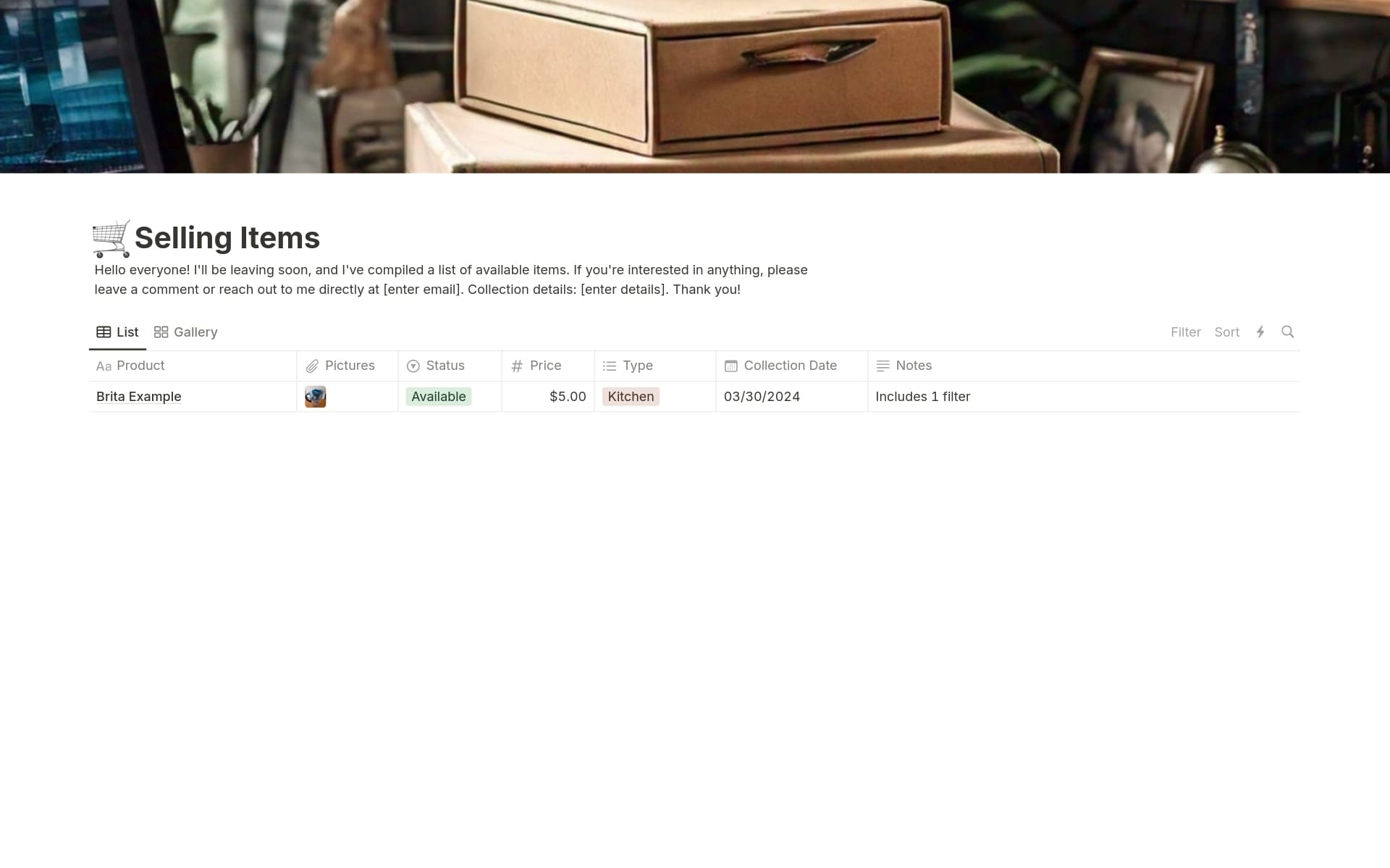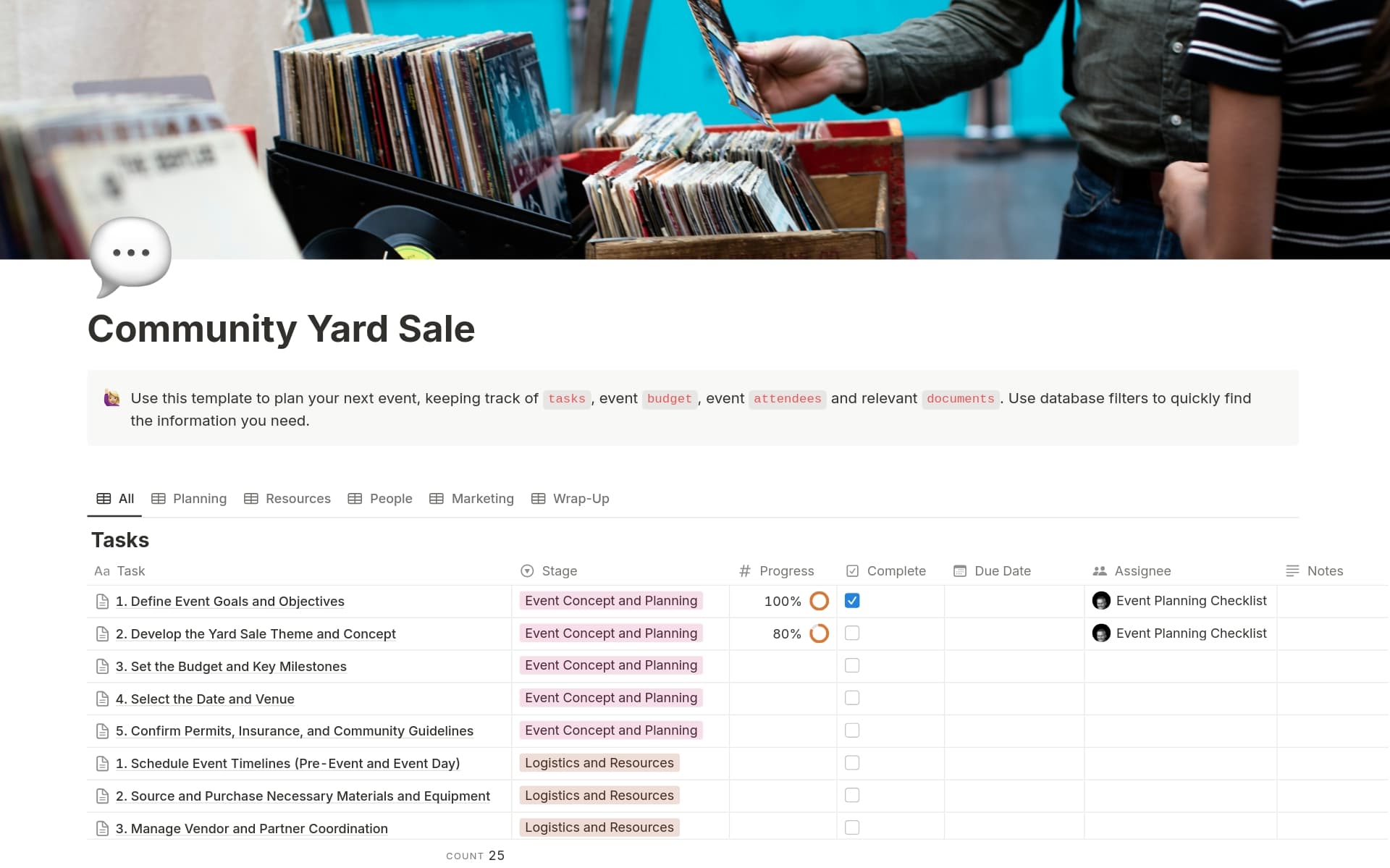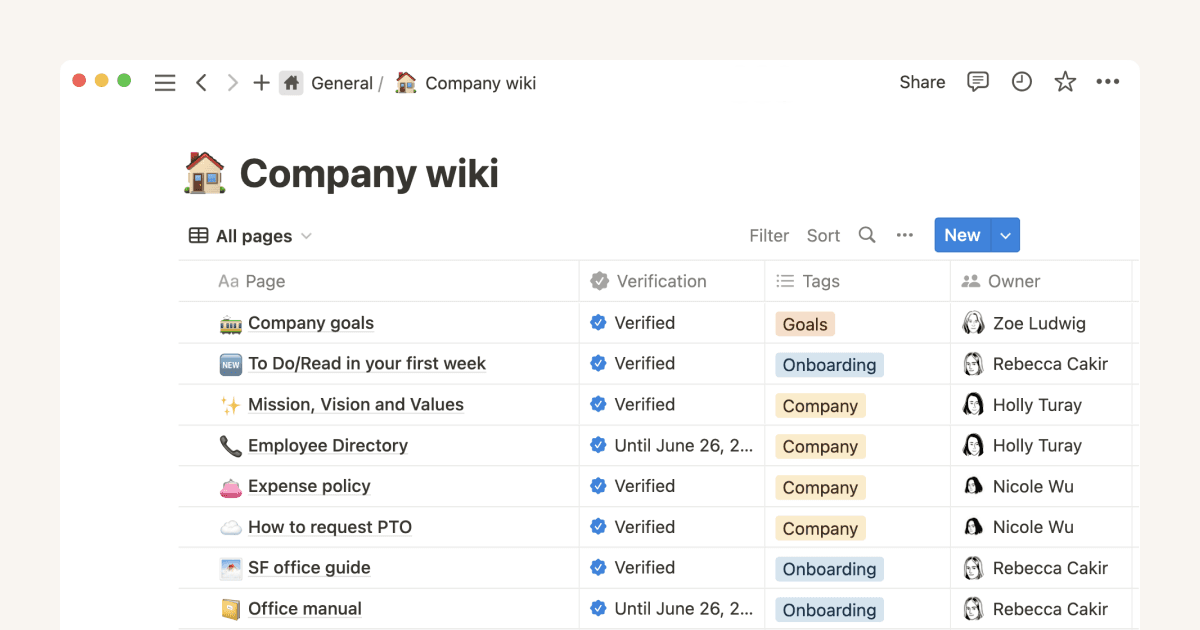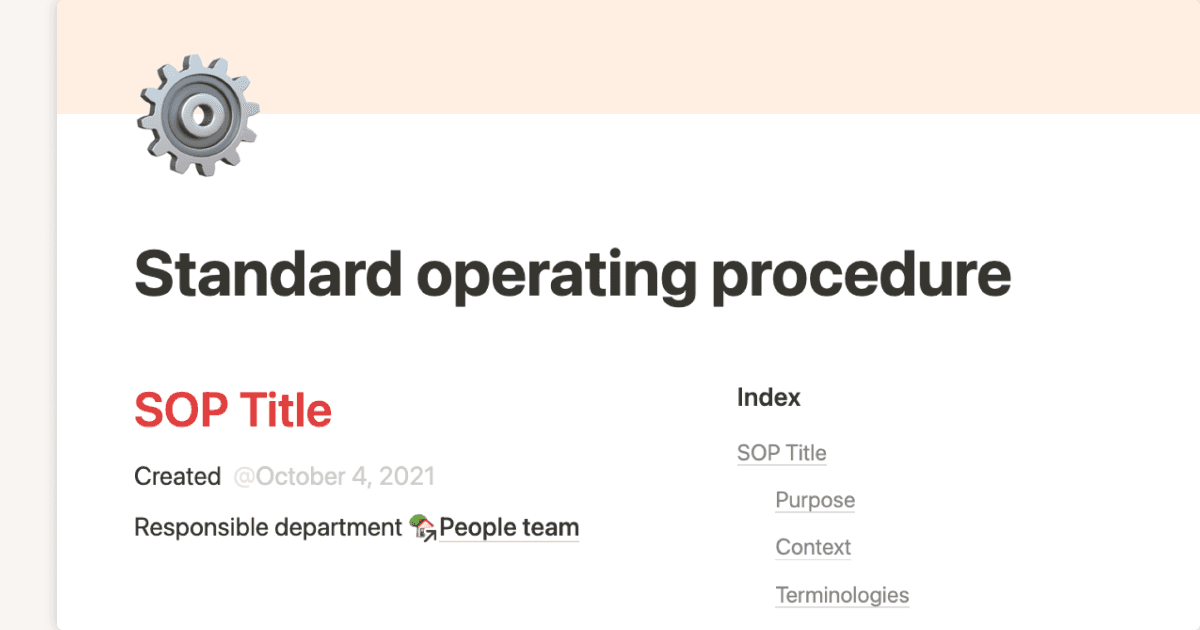Salvage Yard SOPs
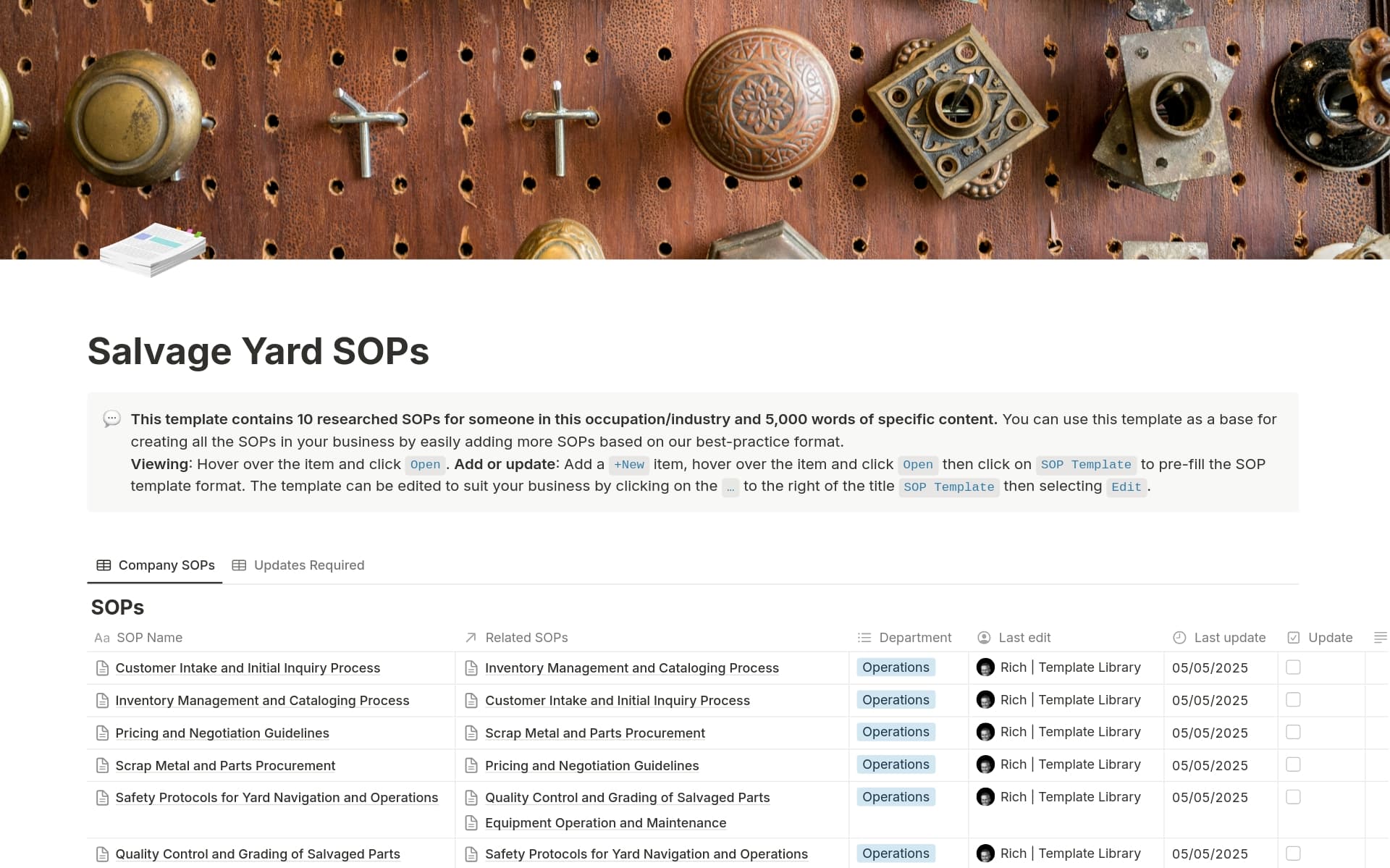
About this template
This template contains the Standard Operating Procedures (SOPs) for a salvage yard, covering a wide range of operations from customer intake to waste management. It outlines detailed steps for ensuring efficient, safe, and compliant practices within the yard. The document is structured to provide clear guidelines for employees handling various tasks related to salvaged parts, scrap metal, and customer interactions.
The first section focuses on customer-related procedures, starting with the initial inquiry process. It describes how to greet customers, identify their needs, check inventory, and provide quotes or additional services. It also includes instructions for collecting contact information and following up on inquiries. This section emphasizes the importance of professional and efficient customer service to maximize sales opportunities.
Further sections delve into inventory management, pricing guidelines, and procurement of scrap metal and parts. The inventory process outlines steps for receiving new items, inspecting and grading them, cataloging them into the system, and organizing the yard. Pricing guidelines provide strategies for setting fair prices based on market value, condition, and rarity. Procurement involves identifying reliable sources, evaluating items for purchase, verifying legal documentation, and negotiating terms.
The SOPs also cover safety protocols, quality control, and environmental compliance. Safety measures include PPE requirements, yard layout and navigation, equipment operation guidelines, and emergency procedures. Quality control focuses on inspecting, testing, grading, and preparing salvaged parts for resale. Environmental compliance ensures that the yard adheres to regulations regarding hazardous materials, fluid disposal, and waste management.
Finally, the document addresses equipment operation and maintenance, as well as waste management and customer service for recycling programs. Equipment guidelines cover pre-operation inspections, operating procedures, maintenance schedules, and handling breakdowns. Waste management outlines procedures for segregating, recycling, and disposing of various materials. Customer service for recycling programs details how to assist customers with drop-offs, processing transactions, and promoting environmentally friendly practices.






